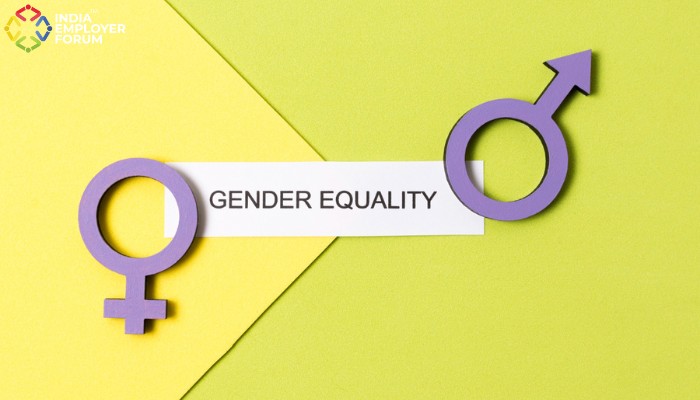In pursuing gender justice, India stands at a crossroads illuminated by the challenges of equality and empowerment. While the narrative of gender injustice is not new, it echoes through history, intertwining with the struggles and triumphs of women worldwide. The tale of tennis legend Billie Jean King, chronicled in her autobiography, exemplifies the battle for parity. From contesting unequal pay in the 1970 Italian Open to fostering equal prize money in Grand Slam competitions, her journey mirrors the broader fight for gender equity. However, beyond the realm of sports lies a landscape rife with systemic barriers, where the metaphor of the “glass ceiling” fails to encapsulate the complexity of gender injustice. Economist Minouche Shafik advocates for a shift in perspective, urging us to view these obstacles not as impenetrable barriers but as “sticky doors.”
As India grapples with multifaceted challenges ranging from infant mortality to unequal property rights, the COVID-19 pandemic has become a pivotal moment for catalyzing sustainable change. While women bear the brunt of the pandemic’s economic repercussions, the crisis unveils an opportunity for transformative action. An agenda for change must encompass structural reforms and immediate policy interventions, addressing the systemic inequities entrenched in society.
Economic Empowerment: Unlocking Opportunities
Empowering women economically is essential for dismantling barriers to gender equality. Initiatives such as the Pradhan Mantri Mudra Yojana and Stand Up India scheme have made strides in providing financial support to women entrepreneurs. However, greater emphasis is needed on facilitating access to formal banking services and venture capital, ensuring equitable opportunities for women-led enterprises.
Urbanization: Nurturing Growth
Urban centers serve as hubs of economic activity, offering employment and skill development opportunities. Enhancing urban infrastructure and governance frameworks can foster inclusive growth, particularly for women entering the workforce. By decentralizing power and resources, we can create a conducive environment for urbanization while mitigating disparities between central and local governments.
Formalization and Industrialization: Paving the Path to Progress
Formalizing the informal sector and promoting industrialization are essential for enhancing women’s economic participation. Streamlining labor laws and reducing compliance burdens can incentivize formal employment, leading to higher productivity and wages. Moreover, transitioning women from agricultural to non-farm activities can unleash their full potential, driving economic growth and prosperity.
Investing in Human Capital: Empowering the Next Generation
Investments in education and skill development are crucial for equipping women with the tools necessary to thrive in a rapidly evolving economy. By addressing barriers to secondary education and reimagining skill training programs, we can empower women with the knowledge and capabilities to succeed in diverse fields.
Policy Reforms: Navigating the Path Ahead
While structural reforms lay the foundation for long-term change, immediate policy interventions are needed to address pressing issues. From labor code consolidation to gender-neutral inheritance rights, bold legislative measures can expedite progress toward gender equality. However, policymakers must tread cautiously to avoid unintended consequences, ensuring that reforms benefit all segments of society.
Embracing Flexibility: Redefining Work Culture
The shift towards flexible work arrangements presents an opportunity to redefine traditional gender roles and promote work-life balance. By embracing remote work and flexible schedules, we can empower women to pursue their careers while fulfilling familial responsibilities. This paradigm shift not only enhances women’s economic independence but also fosters a more inclusive and equitable workplace culture.
Celebrating Role Models: Inspiring Change
Amidst the quest for gender justice, role models serve as beacons of inspiration, challenging stereotypes and breaking barriers. From pioneering business leaders to visionary policymakers, women across sectors are driving positive change and shaping the future of gender equality. By celebrating their achievements and amplifying their voices, we can inspire the next generation of leaders and advocates.
In conclusion, the journey towards gender equality is marked by both challenges and opportunities. By transcending the confines of the glass ceiling and embracing the notion of sticky doors, we can forge a path toward a more inclusive and equitable society. Through concerted efforts across sectors and sustained commitment from policymakers and stakeholders, we can realize the promise of gender justice and empower women to fulfill their potential.
You might also be interested to read: From Pyramids to Eiffel Towers: Navigating the Future of IT Innovation
h






